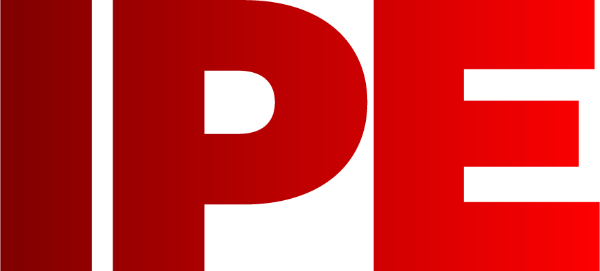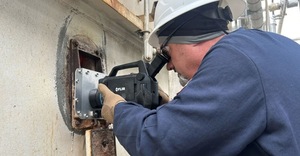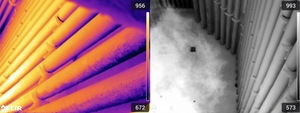

|
Edward Lowton
Editor |


|
| Home> | Efficient Maintenance | >Thermography | >How Furnace Inspections with IR Cameras Increase Efficiency, Improve Safety, and Reduce Costs |
How Furnace Inspections with IR Cameras Increase Efficiency, Improve Safety, and Reduce Costs
30 October 2025
Furnace failures can potentially cost refineries and petrochemical plants millions in downtime, but advances in infrared inspection technology are transforming how operators safeguard critical assets.

FURNACES PLAY a critical role in refining and petrochemical operations, providing the high temperatures required for essential processes.
When they fail, the consequences can be severe both in terms of safety and operational losses. A single day of unplanned downtime can result in losses exceeding $1m. This is why companies like PROtect, under the leadership of Jason Czajkowski, are leveraging modern infrared (IR) technologies to conduct smarter, safer, and more cost-effective furnace inspections.
The Evolution of IR Furnace Cameras
IR technology in furnace inspections has evolved significantly. Early tools like the Agema 550 and Inframetrics 390 laid the groundwork for remote temperature diagnostics in extreme environments. These early cameras were bulky and required extensive setup but opened the door to non-contact thermal inspections. Later, FLIR’s GF309 became the workhorse of the industry, offering real-time thermal imaging through flames with improved ergonomics.
However, the GF309’s 320 × 240 resolution limited its ability to detect fine anomalies, especially at a distance. Czajkowski recognised the need for greater clarity and transitioned PROtect to the FLIR G609, which features a 640 × 480 detector. This allows PROtect technicians to detect smaller anomalies such as hot spots, coke buildup, or insulation breakdowns earlier and from safer distances.
A Smarter Tool for a Safer Job
The G609 represents the latest in FLIR’s IR camera evolution. It is built specifically for high-temperature applications and comes equipped with a re-engineered heat shield, factory-calibrated furnace lens, and a modern touchscreen interface.
With its increased resolution, the G609 can accurately measure temperatures on narrow furnace tubes deep within radiant sections something older models struggled with. "It’s not just clearer images, it’s better decisions, faster," Czajkowski explained.
With the integration of FLIR’s Thermal Studio Pro software with the Route Creator tool, inspections are no longer reactive, they’re pre-planned and executed with precision. Technicians follow a defined route with inspection points loaded into the camera, eliminating guesswork and ensuring consistency.
After inspections, images are automatically organised by inspection point, and reports are generated in minutes using professional templates. "This combination of camera and software creates a seamless workflow from planning to reporting," said Czajkowski.
Real-World Results: Safer Plants, Better Uptime
By adopting the G609 and an integrated software approach, PROtect has helped clients detect issues like burner misalignment and developing coking conditions early, preventing costly shutdowns. In one instance, early detection of a developing hot spot allowed a refinery to schedule a repair during planned downtime avoiding an emergency outage and saving hundreds of thousands in potential losses.
With modern tools like the FLIR G609 and expert leadership from professionals like Jason Czajkowski, PROtect is setting new standards for asset reliability. IR inspections now provide not only sharper thermal images but also faster workflows, greater safety, and measurable ROI. "We’re not just taking pictures, we’re delivering solutions that protect assets, budgets, and people," Czajkowski affirmed.
For more information:
- Camera range on show
- Insulation performance caught on camera
- Thermal imaging cameras: Cost-saving offers
- Thermal camera for automation applications
- THERMAL IMAGING - LOWEST PRICES EVER
- Pocket portable thermal camera
- Thermography training courses
- Advanced features at entry level
- Thermal camera series receives Red Dot: 'Best of the Best' award
- Learn the fundamentals of thermography with the Infrared Training Center



















